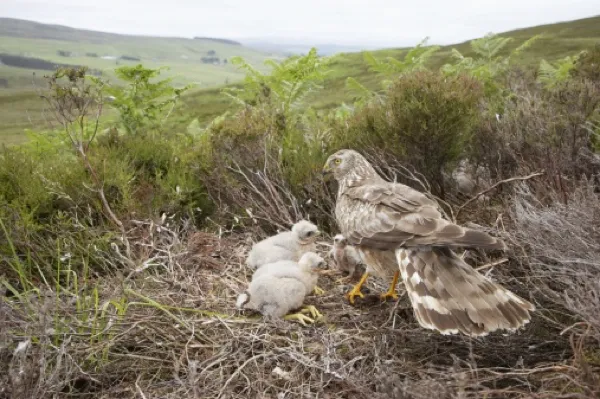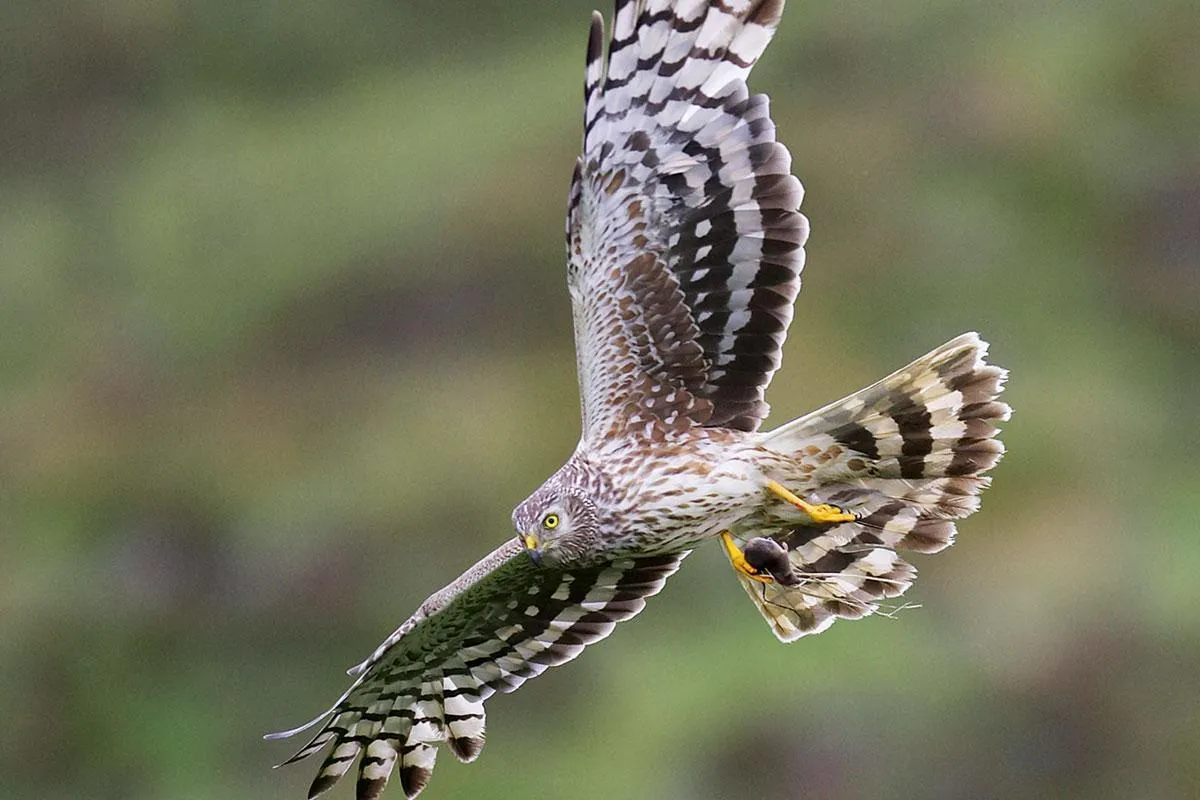The hen harrier – a bird that has been mercilessly persecuted by gamekeepers – benefited from legal moorland management while populations of curlew, golden plover and snipe, all of which are declining nationally, also improved.
Campaigners against the persecution of hen harriers have longed called for grouse shooting to be outlawed. However, the study suggests that, if the land is left unmanaged, and there is no form of control of other predators, such as corvids and foxes (which can predate hen harrier chicks), the ground nesting birds would actually fare worse.

The findings emerged from the 10-year Langholm Moor Demonstration Project in southwest Scotland which monitored the relationship between birds of prey, red grouse, other predators such as foxes and corvids and the state of the heather moorland. The aim was to see whether any combination of these factors would find a way to allow birds of prey to flourish while at the same time running an economically-viable grouse shoot.
The report included a major caveat: the benefits of lawfully-managed land were outweighed if illegal control – gamekeepers killing birds of prey and other predators, which is widespread across grouse moorlands - occurred.
“One of the reasons hen harriers have done well at Langholm is the absolute adherence to the law,” says Professor Jeremy Wilson, Head of Conservation Science, RSPB Scotland. “There may be a sweet spot where the land is judiciously and legally managed to support a small number of driven grouse and is conducive to managing heather moorland and in a way that helps birds.”

Wilson believes that, were the grouse shooting industry to reduce the scale of shoots, a compromise might be found. “Thirty years ago, the number of grouse that were driven in any shoot was 60-80. Nowadays, the shoots deem 1,000 to be an acceptable number. They need to reduce their expectations.”
However, the Game and Wildlife Conservation Trust (GWCT) has no appetite for reducing the scale of shoots. “Setting a lower target would be economically unsustainable,” says GWCT spokesman Andrew Gilruth, who says his organisation’s approach is guided by environmental, social and economic principles laid down by the World Conservation Union. “Those that manage nature reserves are blessed that they don’t need to balance those three but communities making a living from their land face these compromises every day.”
Grouse shooting is embedded in the way in which large parts of the UK countryside are managed. More than 60% of England’s upland Sites of Special Scientific Interest comprises moors managed for grouse shooting.
The RSPB’s latest report on bird crime found that in 2018 there were 87 confirmed incidents of birds of prey being illegally persecuted, including 31 buzzards, 27 red kites, six peregrine falcons, eight owls (tawny and barn) and four hen harriers. The incidents included 41 shootings, 28 poisonings and 16 trappings. These resulted in just two prosecutions: one was ruled inadmissible; the other case saw the conviction of a gamekeeper.
In 2018, there were just 9 breeding pairs of hen harrier in England. Conservationists say that the moors of England are large enough to host 300 breeding pairs.
